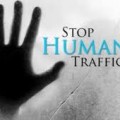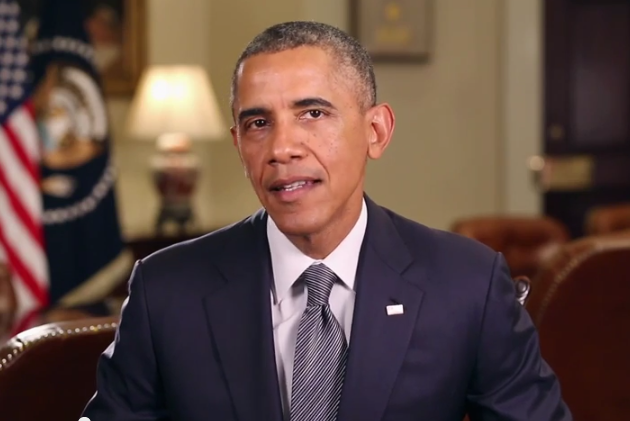Modern slavery exists, it is widespread, and it is a worldwide, lucrative practice. A National Geographic study found “There are more slaves today than were seized from Africa in four centuries of the trans-Atlantic slave trade. The modern commerce in humans rivals illegal drug trafficking in its global reach—and in the destruction of lives.”
The Council on Hemispheric Affairs (COHAR) notes that “Unfortunately, the business of taking advantage of poor, weak, or otherwise disadvantaged people is still very much a reality in many parts of the world. Although 90 percent of countries have some form of legislation that directly defends the most basic human rights of each individual, many of these nations still do not have either the mechanisms to protect this liberty or laws defining what constitute human trafficking up to the United Nations’ (UN) standards.”
To describe this terrible practice as just another criminal enterprise doesn’t reflect the true scope of the problem. A National Catholic Reporter study emphasized that “many countries didn’t outlaw slavery until the 20th century. In fact, it wasn’t until 1981 that Mauritania finally abolished slavery — becoming the last country on Earth to end this dehumanizing practice, though it wasn’t made a crime there until 2007. But tragically, slavery did not completely end. It continues to this very day under a new name: human trafficking.
Research by CNBC reveals that “Slavery… is today a flourishing underworld, generating a whopping $150 billion in illegal profits each year, according to the International Labor Organization (ILO). Approximately 21 million people around the world — about 3 out of every 1,000 individuals, 5 million of them children — are victims of forced labor, according to the most recent estimate, up from 12.3 million in 2005, the ILO reports. Trafficking in persons … is one of the largest income sources for international criminals, second only to drug trafficking,” said U.S. Senator Ben Cardin (D-Maryland), ranking member of the Senate Foreign Relations Committee, at a Senate Foreign Relations Committee hearing last week to address the issue of modern slavery…President Obama signed H.R. 644, the ‘Trade Facilitation and Trade Enforcement Act of 2015,’ which includes an amendment to close the loophole in the Tariff Act of 1930 allowing goods produced from slaves to enter the U.S. if American production could not meet 100 percent consumer demand.”
The International Labor Alliance (ILA) study provides in depth information on 21st Century slavery:
An estimated 40.3 million people were victims of modern slavery in 2016. Of these 40.3 million victims:
24.9 million people were in forced labour. That is, they were being forced to work under threat or coercion as domestic workers, on construction sites, in clandestine factories, on farms and fishing boats, in other sectors, and in the sex industry. 15.4 million people were living in a forced marriage to which they had not consented.
Women and girls are disproportionately affected by modern slavery, accounting for 28.7 million, or 71 per cent of the overall total.
One in four victims of modern slavery were children.
In the past five years, 89 million people experienced some form of modern slavery for periods of time ranging from a few days to the whole five years.
According to the ILA, Ending modern slavery will require a multi-faceted response that addresses the array of forces – economic, social, cultural, and legal – that contribute to vulnerability and enable abuses. There can be no one-size-fits-all solution; responses need to be adapted to the diverse environments in which modern slavery still occurs.
Stronger social protection floors are necessary to offset the vulnerabilities that can push people into modern slavery. Extending labour rights in the informal economy – where modern slavery is most likely to occur – is needed to protect workers from exploitation. Given that a large share of modern slavery can be traced to migration, improved migration governance is vitally important to preventing forced labour and protecting victims.
Additionally, the risk and typology of modern slavery is strongly influenced by gender, and this must also be taken into account in developing policy responses.

















Follow Us